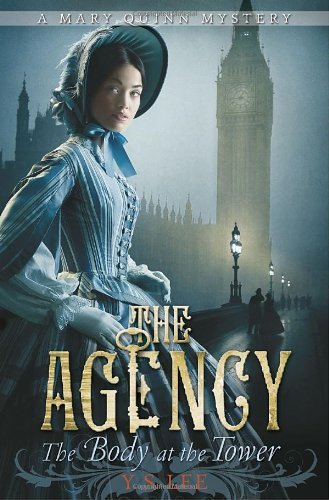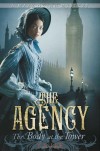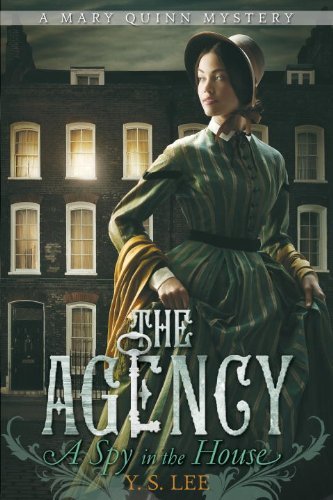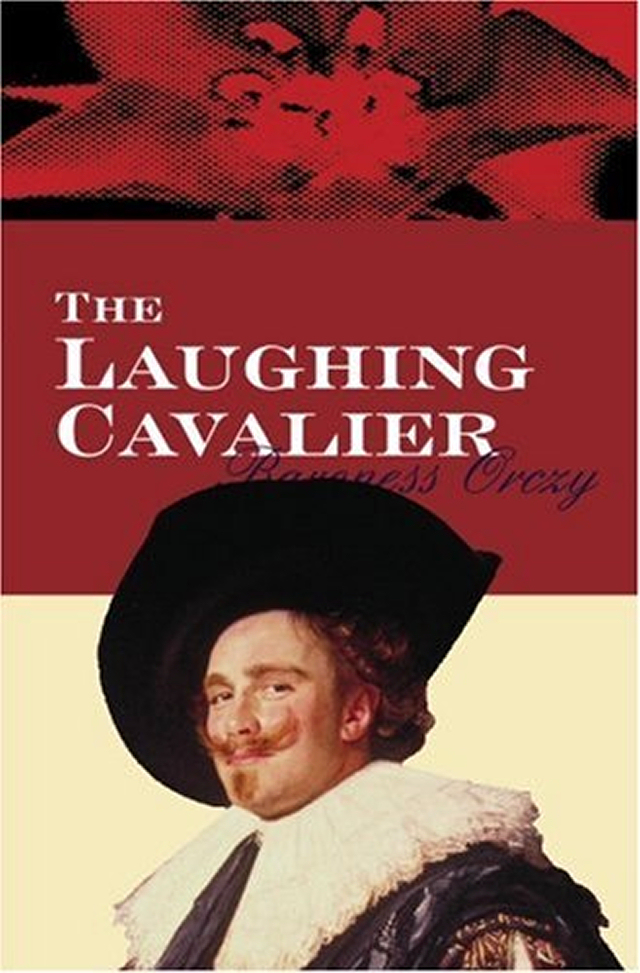 The Plot
The Plot
A few months ago, Callum Ormond lost his father to a mysterious virus. His whole family is still reeling from this sudden and unexpected death. Then, on December 31st, he receives a strange warning from a man who may or may not be crazy: he’s in danger, and will be for the next year. Cal must figure out what it was his father had discovered just before his death in order to discover just who and why people are out to get him.
My Thoughts
January begins our year long spotlight on New Zealand and Australian authors. We start with a look at a series which intrigued me greatly when I first saw it — a series of twelve books, one for each month of the year, recounting in ‘real time’ the increasingly frantic efforts of 15 year old Callum Ormond to solve the mystery surrounding the discovery his father made just before his death.
Why the series caught my attention will probably be obvious when I admit that I’m a big fan of the TV series “24”. The conceit of that show, that all the action takes place continuously within a 24 hour time period, with each episode taking place ‘in real time’ with one hour of action, works extremely well on television. (Even better as a marathon!) Conspiracy 365 looks to take that idea and transfer it to text. Rather than exactly replicate it, author Gabrielle Lord has decided to spread the action out over the course of a year and spread the series over 12 books, one for each month.
I think this is a wise choice; “24” was necessarily restricted in the complexity of the plots it could present because of the inability of the characters to travel long distances or do anything that took longer than an hour or two. With an entire year to work with, the conspiracy of the title can be that much more twisty, that much more suspenseful. Plus, the 15 year old protagonist, Cal Ormond, can be a bit more realistic.
As expected, this first book sets up the initial mystery: a few months ago, Tom Ormond, Callum’s father, discovered something big, something he claimed could “change history”. Then, before he could do more than write a quick letter to his son, he was struck down by a virus that destroyed his ability to communicate before it killed him altogether. Callum is puzzled by the letter he received from his father and by a drawing which accompanied it, but the events of New Year’s Eve and Day are what really start things going: Cal is warned of coming danger by a crazy man who’s then carted off by paramedics, and then a few hours later is nearly killed in a boating accident which turns out to be not nearly so accidental.
The situation deteriorates quickly from there, with Callum attempting to make progress on solving the mystery while trying at the same time to stay alive. He ends the month with a new plan and in a cliffhanger situation that makes me glad we also got the February book at the same time. (And worried that we haven’t yet got the rest!)
The book reads very quickly, structured as one would expect, by day and time. One interesting choice is that the pages are numbered backwards, though only within this book, not backwards to get to page 1 at the very end of the series. It was an interesting choice and did contribute to the feeling of counting down to the end of the month.
This is definitely not a character driven series; Cal is a fine main character, but he’s not given a lot of depth, and everyone else is sketched very lightly. But in depth characterization is not the point: it’s the plot, which races along at a very satisfactory rate.
In Short
From the description of the Conspiracy 365 I expected this to be very similar to “24” in book form. I was not disappointed. January sets up the scenario, introduces our main character, and gets Cal on the road to trying to solve the mystery. Hopefully I won’t have too much trouble acquiring the rest of the series, because it’s going to be impossible not to blow through the entire thing.



 The Plot
The Plot

 The Plot
The Plot
 From the back cover:
From the back cover: